Author Archives: Sofía Celi
Author Archives: Sofía Celi

“I would venture to guess that Anon,
who wrote so many poems without signing them,
was often a woman.” - Virginia Woolf
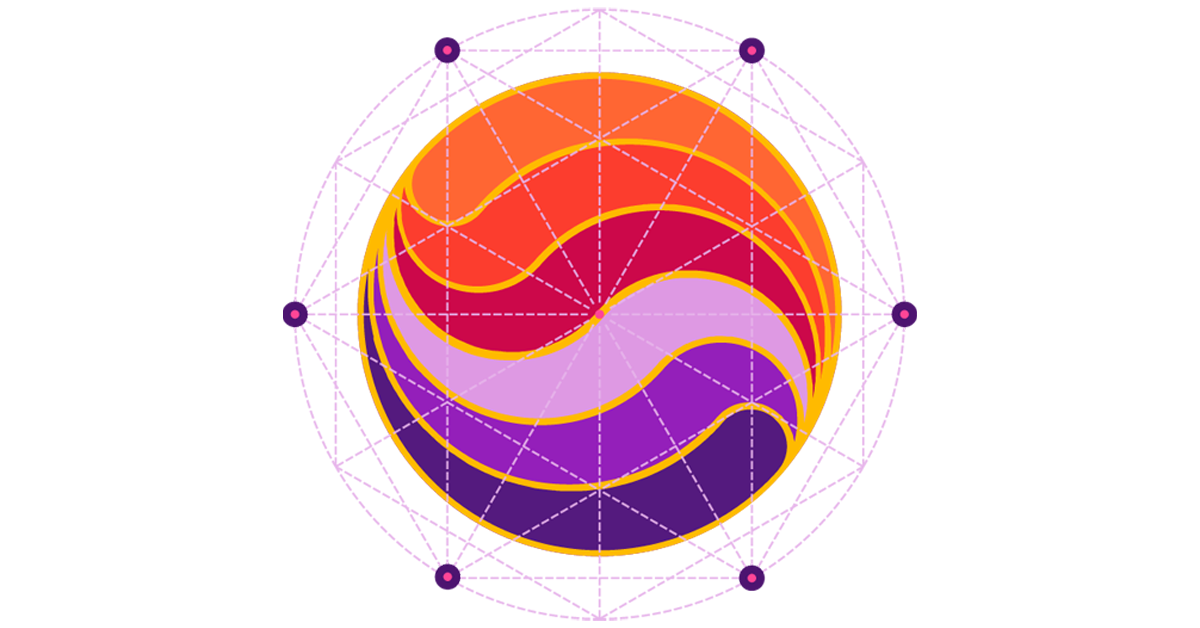
Welcome to International Women’s Day 2022! Here at Cloudflare, we are happy to celebrate it with you! Our celebration is not only this blog post, but many events prepared for the month of March: our way of honoring Women’s History Month by showcasing women’s empowerment. We want to celebrate the achievements, ideas, passion and work that women bring to the world. We want to advocate for equality and to achieve gender parity. And we want to highlight the brilliant work that our women colleagues do every day. Welcome!
This is a time of celebration but also one to reflect on the current state. The global gender gap is not expected to close for another 136 years. This gap has also worsened due to the COVID-19 pandemic, which has negatively impacted the lives of women and girls by deepening pre-existing inequalities. Improving this state is a collective effort—we all need to get involved!
First, let’s introduce ourselves. We are Womenflare—Cloudflare’s Employee Resource Group (ERG) for all who identify as and advocate for Continue reading

“People ask me to predict the future, when all I want to do is prevent it. Better yet, build it. Predicting the future is much too easy, anyway. You look at the people around you, the street you stand on, the visible air you breathe, and predict more of the same. To hell with more. I want better.”
— Ray Bradbury, from Beyond 1984: The People Machines

The story and the path are clear: quantum computers are coming that will have the ability to break the cryptographic mechanisms we rely on to secure modern communications, but there is hope! The cryptographic community has designed new mechanisms to safeguard against this disruption. There are challenges: will the new safeguards be practical? How will the fast-evolving Internet migrate to this new reality? In other blog posts in this series, we have outlined some potential solutions to these questions: there are new algorithms for maintaining confidentiality and authentication (in a “post-quantum” manner) in the protocols we use. But will they be fast enough to deploy at scale? Will they provide the required properties and work in all protocols? Are they easy to use?
Adding post-quantum cryptography into architectures and networks Continue reading


Theoretically, there is no impediment to adding post-quantum cryptography to any system. But the reality is harder. In the middle of last year, we posed ourselves a big challenge: to change all internal connections at Cloudflare to use post-quantum cryptography. We call this, in a cheeky way, “post-quantum-ifying” our services. Theoretically, this should be simple: swap algorithms for post-quantum ones and move along. But with dozens of different services in various programming languages (as we have at Cloudflare), it is not so simple. The challenge is big but we are here and up for the task! In this blog post, we will look at what our plan was, where we are now, and what we have learned so far. Welcome to the first announcement of a post-quantum future at Cloudflare: our connections are going to be quantum-secure!
The life of most requests at Cloudflare begins and ends at the edge of our global network. Not all requests are equal and on their path they are transmitted by several protocols. Some of those protocols provide security properties whilst others do not. For the protocols that do, for context, Cloudflare uses: TLS, QUIC, WireGuard, DNSSEC Continue reading


Cryptographic code is everywhere: it gets run when we connect to the bank, when we send messages to our friends, or when we watch cat videos. But, it is not at all easy to take a cryptographic specification written in a natural language and produce running code from it, and it is even harder to validate both the theoretical assumptions and the correctness of the implementation itself. Mathematical proofs, as we talked about in our previous blog post, and code inspection are simply not enough. Testing and fuzzing can catch common or well-known bugs or mistakes, but might miss rare ones that can, nevertheless, be triggered by an attacker. Static analysis can detect mistakes in the code, but cannot check whether the code behaves as described by the specification in natural-language (for functional correctness). This gap between implementation and validation can have grave consequences in terms of security in the real world, and we need to bridge this chasm.
In this blog post, we will be talking about ways to make this gap smaller by making the code we deploy better through analyzing its security properties and its implementation. This blog post continues our work on high assurance Continue reading


At Cloudflare, we help to build a better Internet. In the face of quantum computers and their threat to cryptography, we want to provide protections for this future challenge. The only way that we can change the future is by analyzing and perusing the past. Only in the present, with the past in mind and the future in sight, can we categorize and unfold events. Predicting, understanding and anticipating quantum computers (with the opportunities and challenges they bring) is a daunting task. We can, though, create a taxonomy of these challenges, so the future can be better unrolled.
This is the first blog post in a post-quantum series, where we talk about our past, present and future “adventures in the Post-Quantum land”. We have written about previous post-quantum efforts at Cloudflare, but we think that here first we need to understand and categorize the problem by looking at what we have done and what lies ahead. So, welcome to our adventures!
A taxonomy of the challenges ahead that quantum computers and their threat to cryptography bring (for more information about it, read our other blog posts) could be a good way to approach this problem. This taxonomy should Continue reading
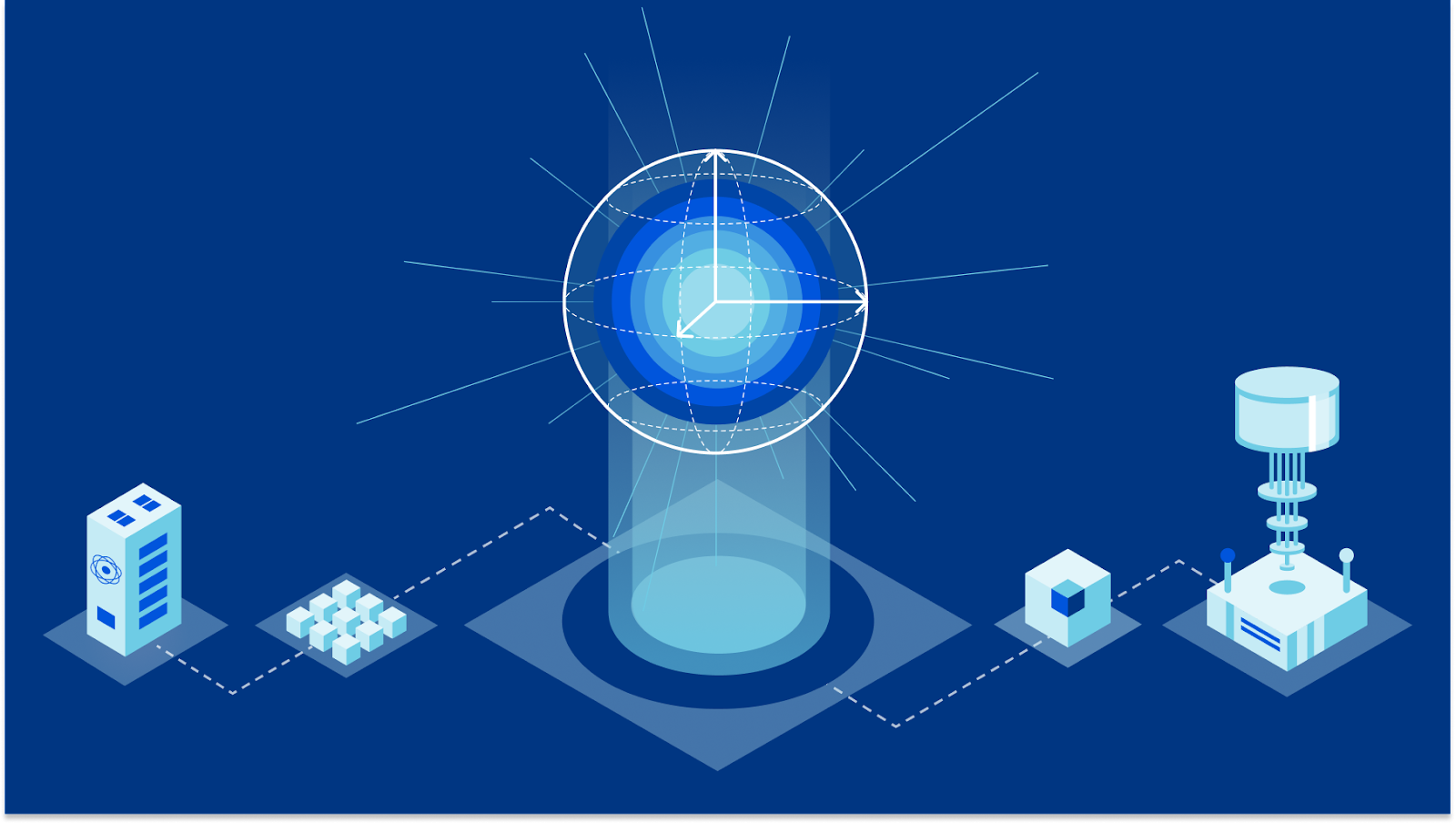
Not only is the universe stranger than we think, but it is stranger than we can think of
— Werner Heisenberg
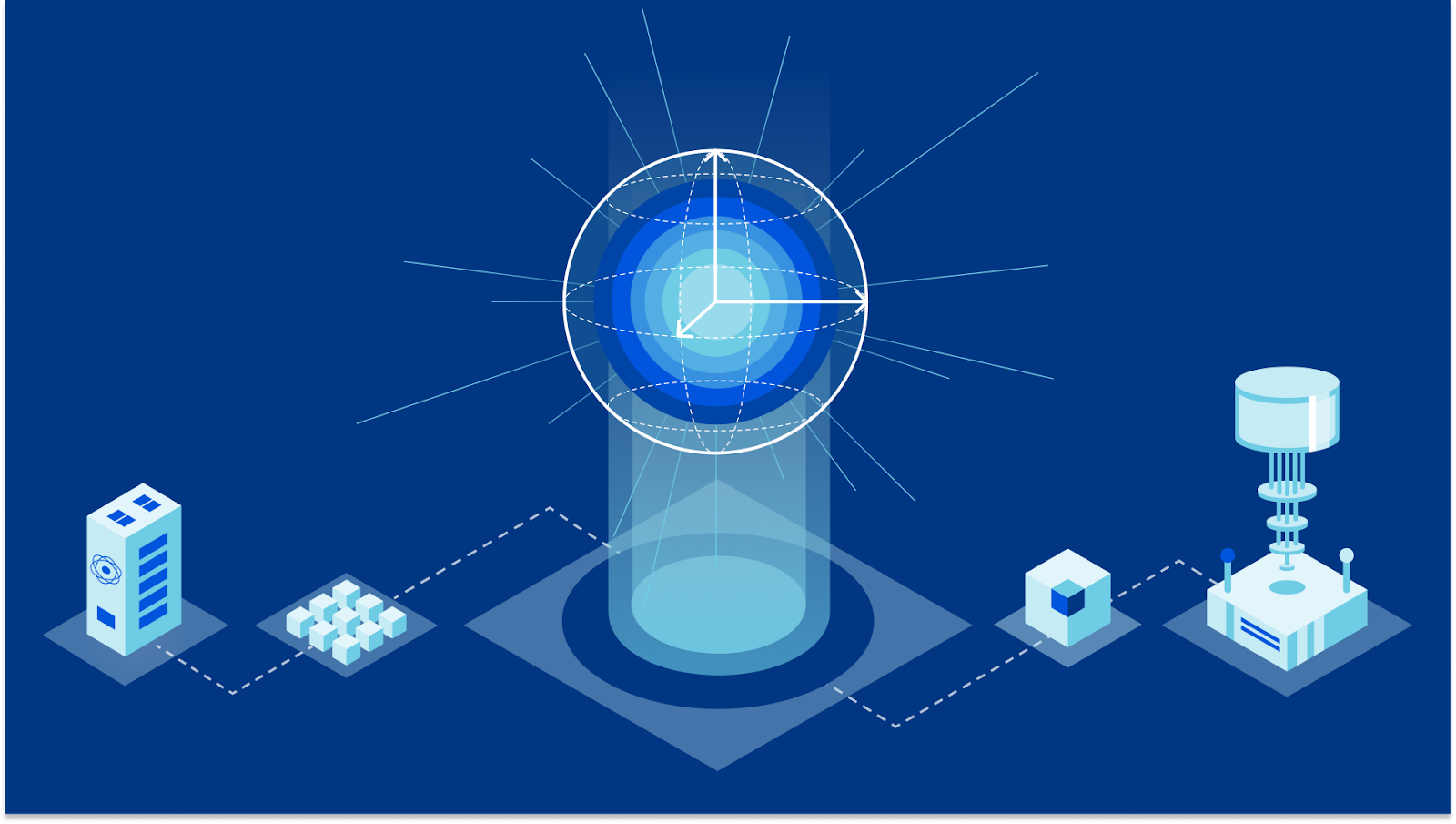
Even for a physicist as renowned as Heisenberg, the universe was strange. And it was strange because several phenomena could only be explained through the lens of quantum mechanics. This field changed the way we understood the world, challenged our imagination, and, since the Fifth Solvay Conference in 1927, has been integrated into every explanation of the physical world (it is, to this day, our best description of the inner workings of nature). Quantum mechanics created a rift: every physical phenomena (even the most micro and macro ones) stopped being explained only by classical physics and started to be explained by quantum mechanics. There is another world in which quantum mechanics has not yet created this rift: the realm of computers (note, though, that manufacturers have been affected by quantum effects for a long time). That is about to change.
In the 80s, several physicists (including, for example, Richard Feynman and Yuri Manin) asked themselves these questions: are there computers that can, with high accuracy and in a reasonable amount of time, simulate physics? And, specifically, can they Continue reading
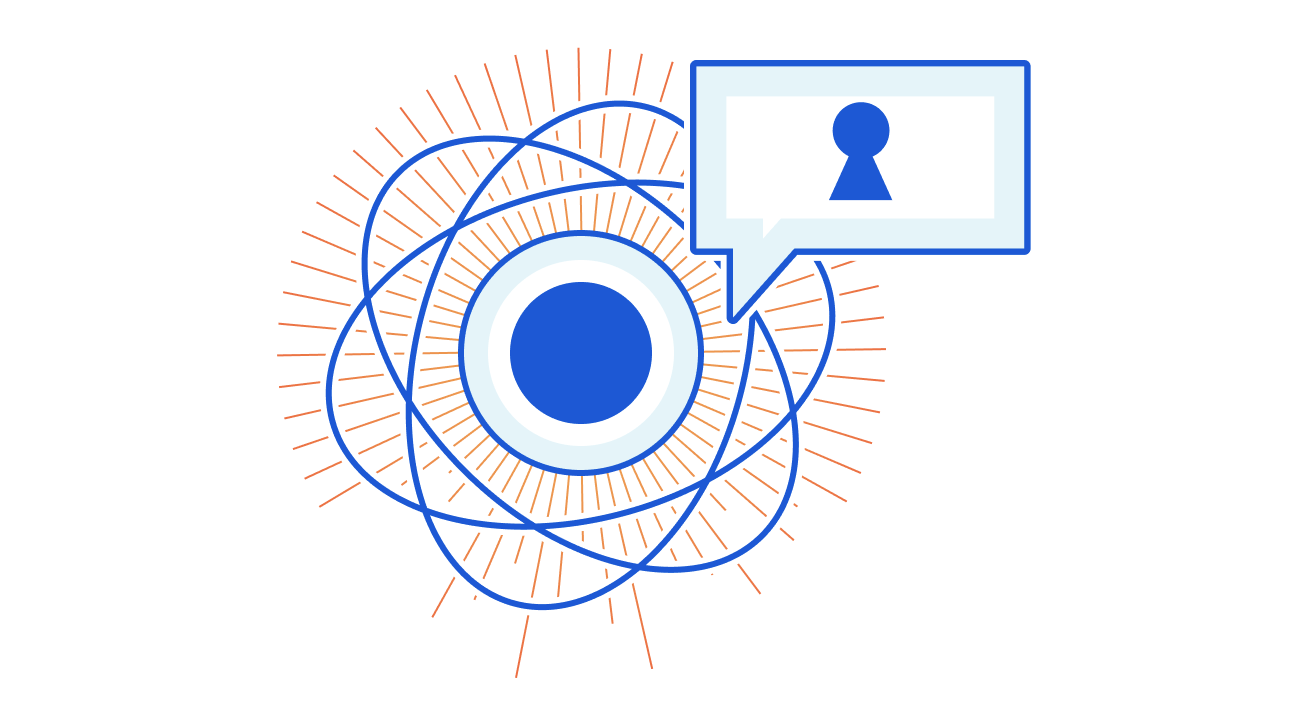
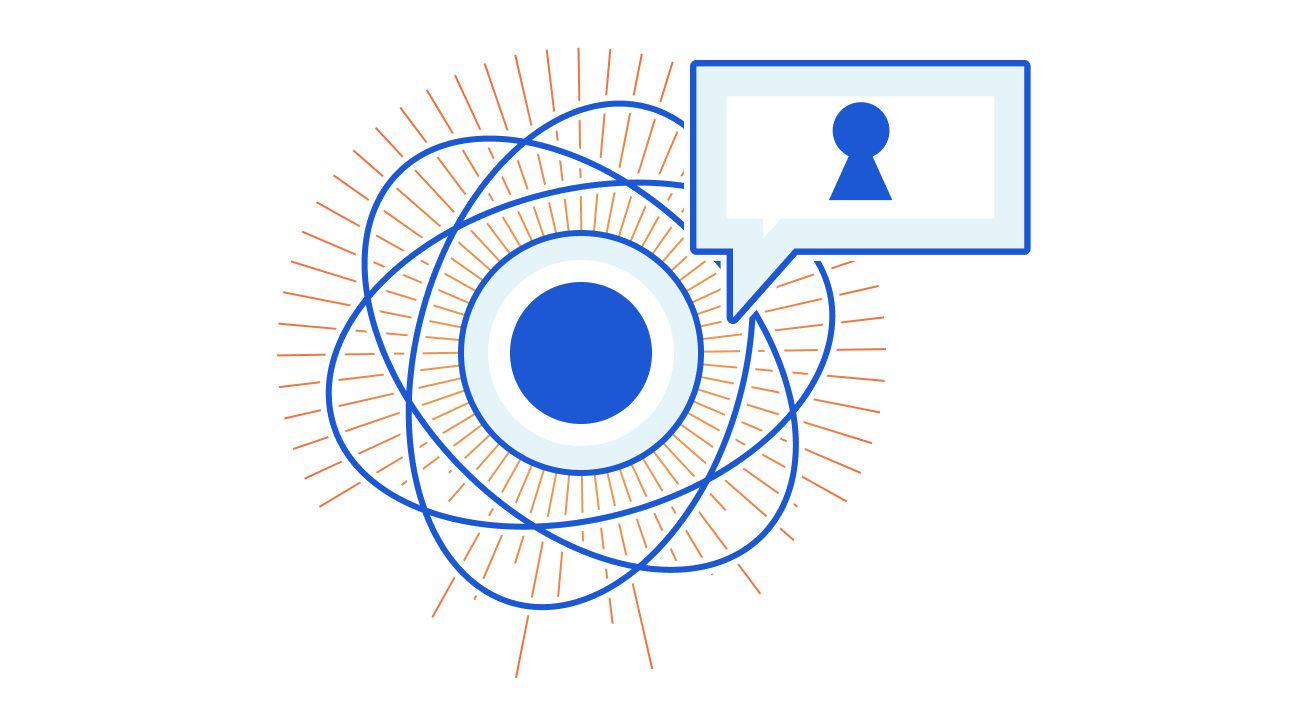
The Transport Layer Security protocol (TLS), which secures most Internet connections, has mainly been a protocol consisting of a key exchange authenticated by digital signatures used to encrypt data at transport[1]. Even though it has undergone major changes since 1994, when SSL 1.0 was introduced by Netscape, its main mechanism has remained the same. The key exchange was first based on RSA, and later on traditional Diffie-Hellman (DH) and Elliptic-curve Diffie-Hellman (ECDH). The signatures used for authentication have almost always been RSA-based, though in recent years other kinds of signatures have been adopted, mainly ECDSA and Ed25519. This recent change to elliptic curve cryptography in both at the key exchange and at the signature level has resulted in considerable speed and bandwidth benefits in comparison to traditional Diffie-Hellman and RSA.
TLS is the main protocol that protects the connections we use everyday. It’s everywhere: we use it when we buy products online, when we register for a newsletter — when we access any kind of website, IoT device, API for mobile apps and more, really. But with the imminent threat of the arrival of quantum computers (a threat that seems to be getting closer and closer), we need Continue reading